
Deer-resistant Plants: A Beginner's Manual to a Deer-proof Yard
Published: 11/11/2022 | Updated: 12/04/2023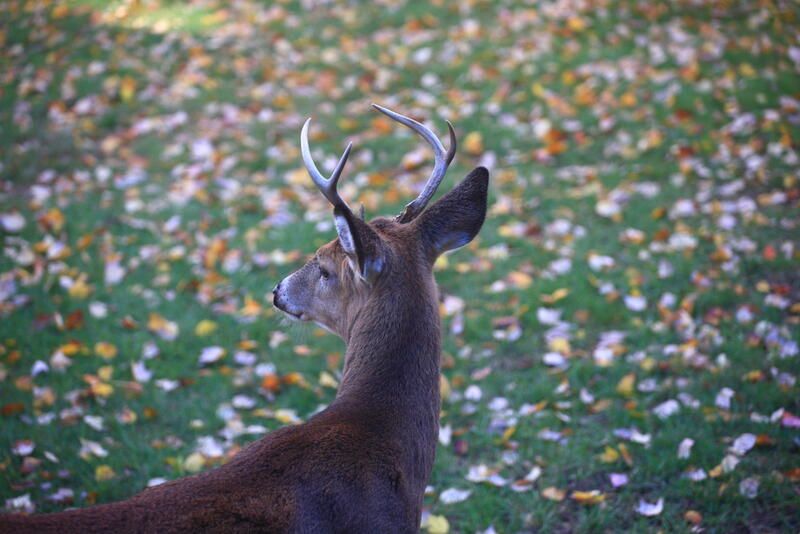
While wildlife is typically a garden's best friend, some of it can be its worst enemy.


Your dream yard can be an open buffet to garden pests like deer and rodents.
As gardeners, we understand the frustration of planting your favorite plants and flowers just to wake up and find them leveled to the ground by deer and other garden pests.
We've collected some of the best ideas to deer-proof your yard and protect your garden as well as the best deer-resistant plant options in this garden manual.
Table of Contents
Plants vulnerable to deer attacks
Full and partial sun perennials
Partial-shade to full-shade perennials
Deer proofing a yard
Throughout this article, we will be covering some of the best plants and shrubs to create a perfect deer-resistant garden.
But first, we'd like to give you some tips for deer-proofing your garden and keeping your vegetables and other plants safe from attacks.
1. Fencing
Creating a barrier to prevent deer from going into your yard is one of your best bets.
Though you'll have to keep in mind that deer can jump very high distances, so if you consider fencing, you'll need to go higher than 8 feet.
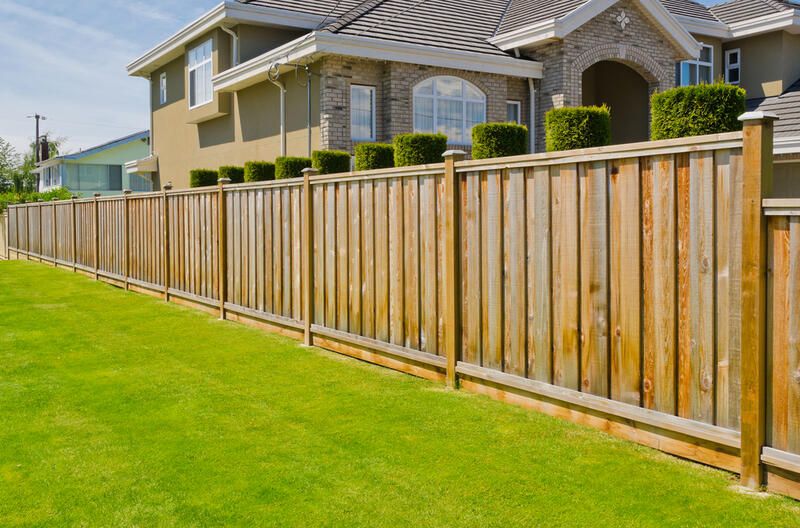
2. Deer repellents
Deer repellents are liquids you can spray onto your plants that form no harm to the plants themselves but help keep the deer away.
These repellents will also cause no long-term physical harm to the deer but will make them think twice before going in for second bites.
Deer have a smell receptor count that is around 800 times the count humans have.
This makes normal smells we encounter on daily basis, much stronger to them.
And that is one of the things repellents work on, they repel deer by adding a strong odor to the plants that they'd stay away from or so by adding a strong taste that deer do not like.
3. Combine vulnerable plants with deer-resistant plants
Most deer-resistant plants will have a smell or a taste that deer are not a fan of, that's why we advise adding those plants closer to the vulnerable ones you'd like to protect.
This will typically discourage deer from eating those plants.
4. Bring your vulnerable plants closer to your house
Another way to prevent garden pests from munching on your unguarded plants is to plant them closer to your home.
Deer typically will stay away from smaller spaces and structures but on the rare occasion they come closer to your home, you'll be able to protect your plants when they're closer to you.
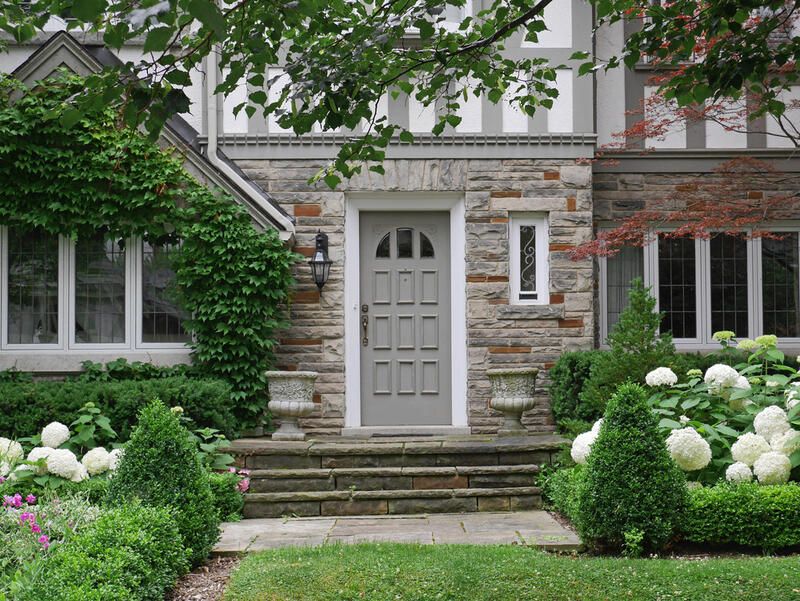
5. Create a barrier
We highly recommend planting a barrier of deer-resistant shrubs on the outside of your yard or closer to your fence to discourage deer from going into your yard.
Here are some of the best deer-resistant shrubs to consider.
Deer resistant Shrubs
1. Boxwood
Boxwood is an evergreen shrub that deer are not particularly fond of.
They tend to find the leaves harsh and dry, which is not their ideal standard for snacking.
Using boxwood, you can form a hedge border on the outer part of your garden to keep the deer out.
Growing circumstances: Boxwood shrubs commonly bloom in spring and grow in fully sunny to mildly shaded spaces.
Common types: English boxwood, Japanese boxwood, and green velvet boxwood.
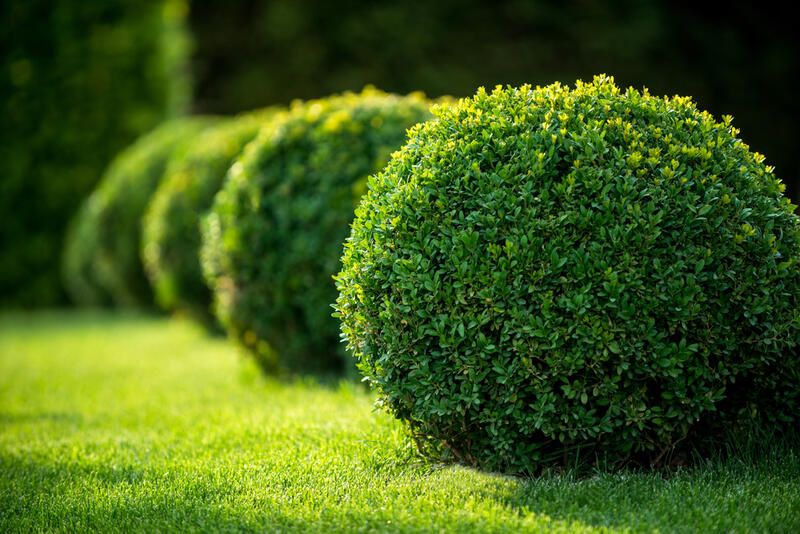
2. Arrowwood viburnum
This is one of the flowering shrubs that can thrive in either full sun or a shaded space. Arrowwood viburnum blooms beautiful white flowers in early fall and gives attractive color to your yard with its glossy green foliage turning orange or yellow in fall.
Variations: autumn jazz and blue muffin.
3. Shrub Roses
They're semi-evergreen flowering perennial bushes. Deer tend to stay away from them due to their clove-like smell.
Shrub roses come in more than a handful of variations, so you'll have a ton of options to choose from.
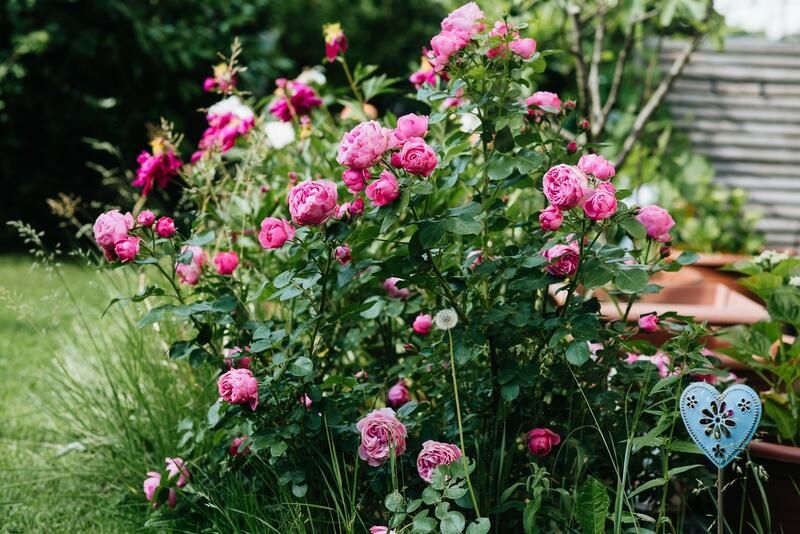
Plants vulnerable to deer attacks
Before we go into what to plant, we want you to know the textures and flavors deer like to help you avoid plants with these standards.
If you're in the process of establishing your deer-resistant garden, these are some of the plants you want to avoid growing over large spaces.
If you already have some plants with these descriptions as part of your garden, you can use some of the methods mentioned in section two to protect them.
1. Junipers
The sweet aroma and moisture of junipers make them some of the deer's favorite food.
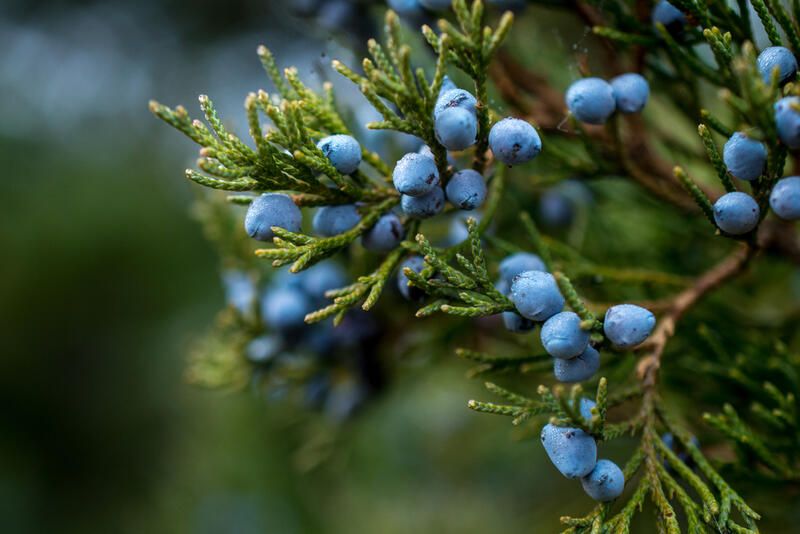
2. Plants with soft flowers and stems
Deer will prefer to eat younger plants and ones with softer leaves over rougher ones.
Some examples would be lilies and lettuce leaves.
3. Plants with sweet scents\aromas
As previously mentioned, deer have a remarkably strong sense of smell, which makes aromatic plants like lavender and mint hard to eat for them, on the other hand, they tend to like plants with softer scents and sweet tastes.
4. Plants with smooth foliage
Plants with hairy and fuzzy leaves are not the ideal food for deer, instead, they like plants with smooth and glossy leaves.
Deer-resistant perennials
Perennials are beautiful flowering plants that can add life to any garden.
Here's a great deer-resistant plant list for your perennial dream garden.
Since it's quite easy to find deer-resistant plants and perennials that thrive in the sun, we divided our list into plants suitable for full sun yards and ones suitable for a shade garden.
Full and partial sun perennials
1. Oriental poppy
Oriental poppies are flowering perennials that bloom in summer and spring.
They're considered toxic perennials, so, if you have pets or younger children, you'll have to be careful with the placement of this plant. We advise considering a nontoxic alternative.
Oriental poppy blooms beautiful red or orange flowers but have many variations that bloom in different colors.
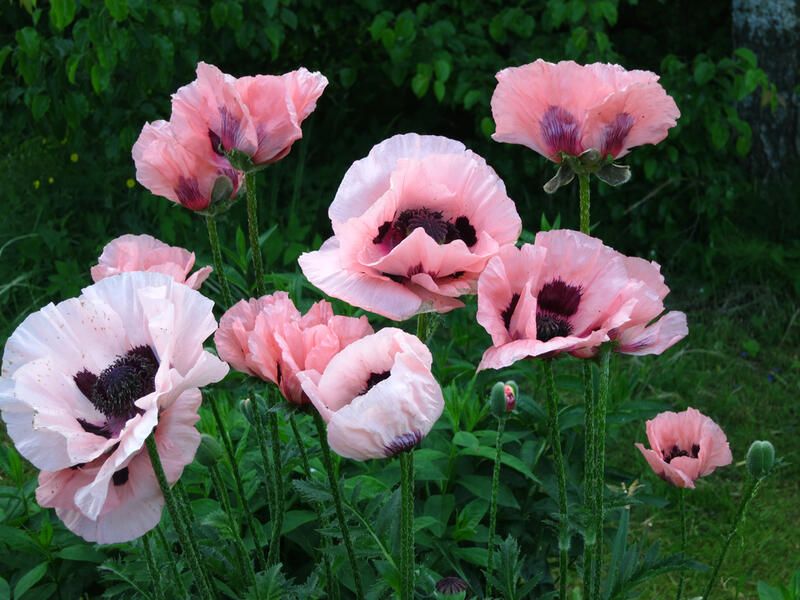
2. Lamb's ear
Lamb's ears are purple flower blooming perennials with large fuzzy silvery foliage, they thrive in full to partial sun areas.
Lamb's ears are also drought tolerant which makes them ideal for rock gardens and drier regions.
3. Peonies
Peonies give beautiful color and texture variation to your garden, but most importantly, they won't be eaten by deer.
The strong scent of peonies and the various textures of the leaves make them less attractive to deer.
Peonies bloom from late spring to late summer and are available in wide varieties bloom in pink, white, purple, and a handful more.
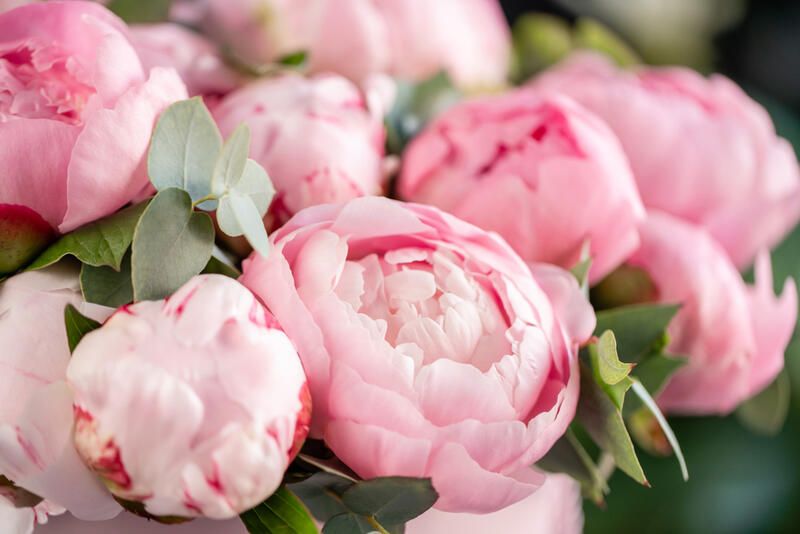
4. Acanthus Spinosus
Acanthus spinosus is a lavender-looking plant with big green leaves and purple blooms that thrive all through summer.
They're quite easy to take care of and won't require a ton of maintenance and they're also not a deer's favorite.
5. Coreopsis
A perennial plant that is very easy to grow and care for and is granted to give your yard a pop of color for a character.
The bright yellow flowers look like sunshine and will invite butterflies, bees, and hummingbirds into your yard.
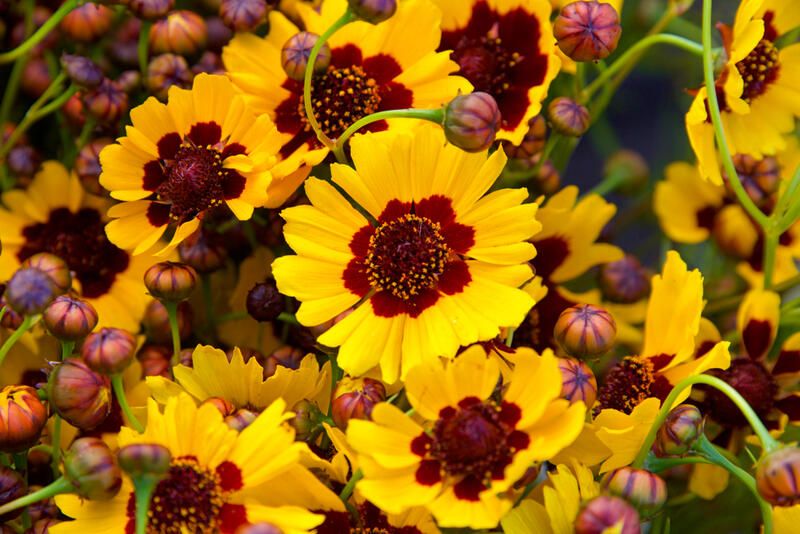
6. Other shade perennials
Other sun-loving perennials we recommend for your deer-resistant garden are achillea, Russian sage, blanket flowers, and Fox love
Partial-shade to full-shade perennials
1. Brunnera
Also known as Siberian bugloss. Brunnera has beautiful multi-colored heart-shaped leaves and delicate light blue flower blooms.
They bloom in mid to late spring and are generally very easy to care for.
2. Lady's mantle
A perennial plant that grows in clumps which makes it a good option for ground cover.
It has big round leaves and greenish yellow small blooms and is ideal for both shady and sunny spaces.
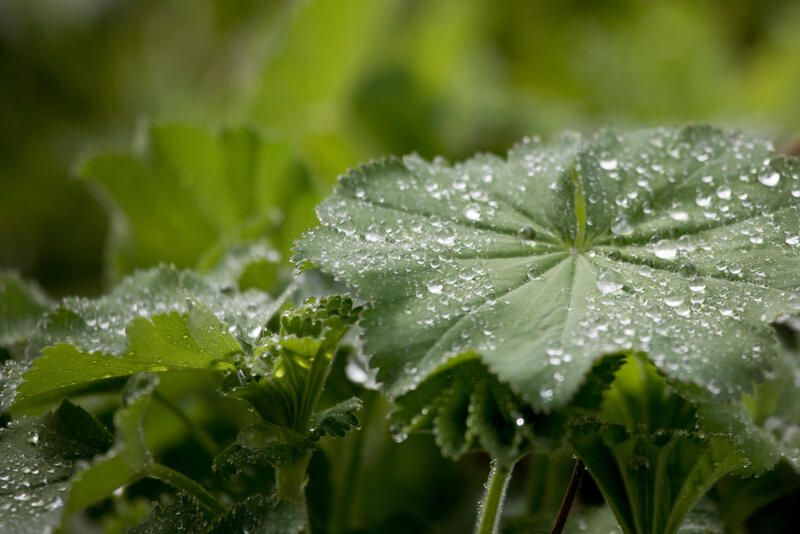
3. Ferns
Ferns are non-flowering plants with big wide leaves. They thrive in the shade and provide texture variety to your garden.
Godzilla fern: For a color variety, we recommend considering a Godzilla fern.
Their long silver leaves give them a distinct and attractive look which will add more life to your garden.
Deer resistant annuals
1. Zinnias
Zinnias come in different varieties and offer bold colors.
They're annual plants that thrive in hot climates.
Some verities are envy, orange star, and dreamland.
2. Lantanas
Lantana is another annual that has a very strong scent that isn't very appealing to deer, which is why they tend to leave it alone.
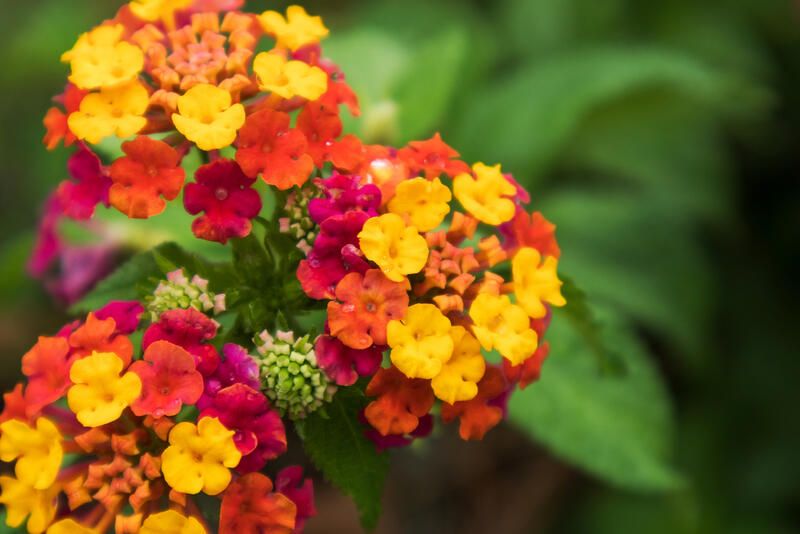
Deer-resistant flowers
Flowers like bleeding heart, corydalis, Narcissus, lavender, and astilbe alongside flowering plants discussed in previous sections all either produce a bitter sab or a strong odor that deer tend to avoid.
Herb Gardens
Herbs are both useful due to their edible nature, and fragrant, which makes the majority of them safe from pest attacks.
We went over how deer hate plants with a strong taste or smell, which is exactly why herbs like rosemary, thyme, oregano, sage, and chives are typically avoided by them.
Affordable Professional Help
It's highly recommended to consult professionals before starting a big project to make the right picks for your zone.
We encourage you to look into Shrubhub's professional landscape design service to make the most of your available space.
For under 300$, you'll be able to work with your own design team that will stay with you for guidance starting from a one-on-one phone consultation until you see your design coming to life.
Visit Shrubhub.com


